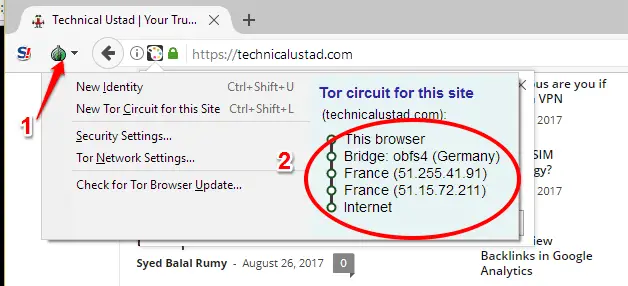

Examples of pages on the deep web are: the private data and pages of companies, universities, libraries, hospitals, governments, international organizations, and so on. The deep web is by far the biggest part of the internet, estimated to make up between 90 and 95% of the complete world wide web. In other words: a conventional Google search won’t show you deep web content or pages. Most of us won’t have access to this URL and the required login credentials - and this information can’t be found on search engines, either. In some cases, you’ll need a password, as well. In order to get access, you’ll need to know the exact web address (otherwise known as a URL).

Your work database might be on this part of the web. Most of the deep web consists of pages and databases that are only meant for a certain group of people within an organization. The term “deep web” refers to the part of the internet that’s behind closed doors. Once you have those, you’ll be able to get past the surface and onto the deep web. To be able to look “behind the scenes,” you’ll need a username and password. But you’ll only be able to see the website as a customer, not as a seller or administrator.

When you surf Amazon without logging in, for example, you’ll see their product listings. Other websites, including those of online stores and businesses, are also part of the “regular web.” However, when you open a website as a visitor, you don’t get to see every part of that website. This very article is part of it: you can access it anywhere and at any time, as long as you have an internet connection and a browser. It’s accessible through regular browsers such as Google Chrome, Safari, or Firefox. The surface web - along with the deep web - is the part of the internet most of us use every day. Here’s an infographic to differentiate between the terms.


 0 kommentar(er)
0 kommentar(er)
